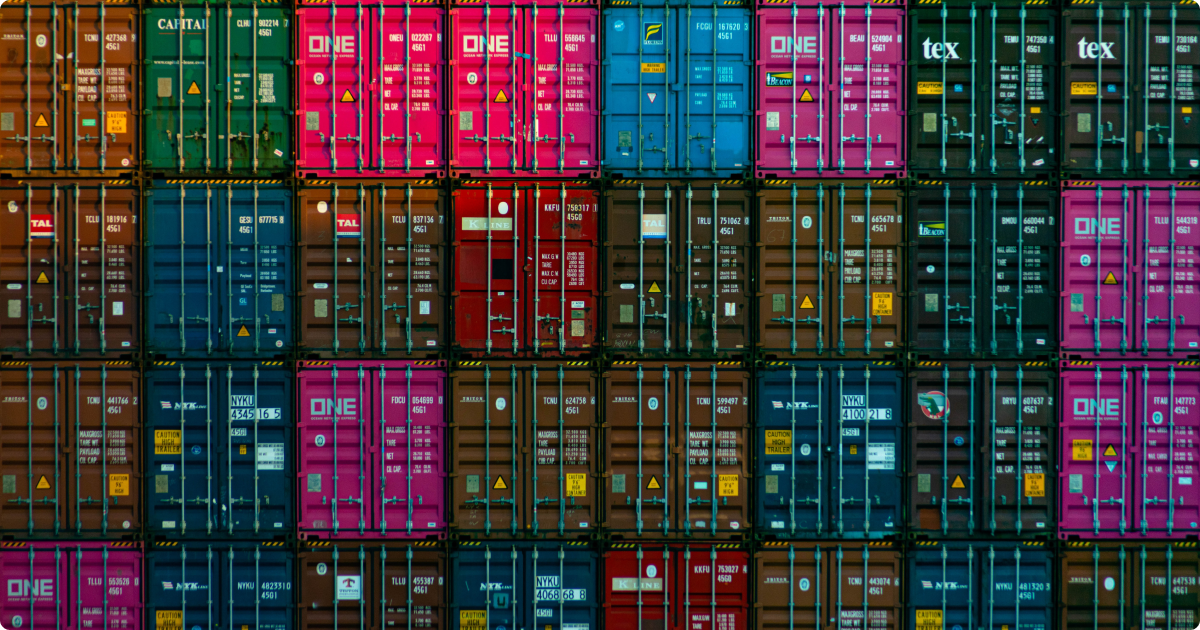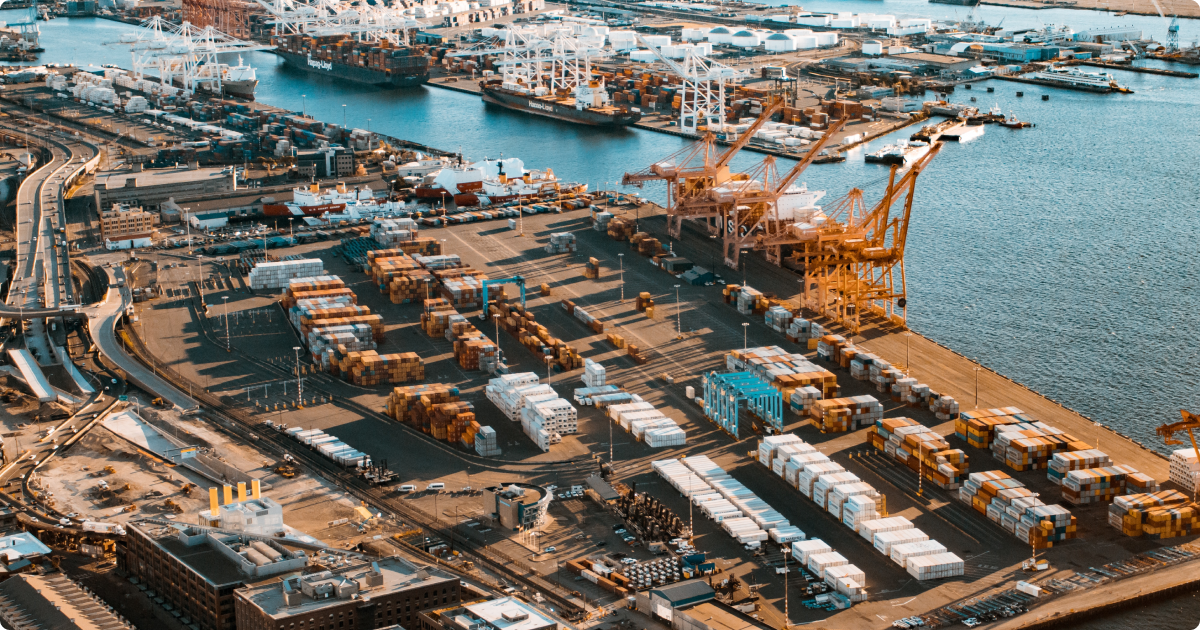How Big is the Ocean Shipping Industry?
The ocean shipping industry is a vital part of the global economy. It transports goods and commodities from one corner of the world to the other, connecting producers and consumers worldwide. In this article, we will explore the size of the ocean shipping industry, including its market value, the number of ships, and the amount of cargo transported annually.

What is the Ocean Shipping Industry
The ocean shipping industry can be divided into several key segments, each with unique characteristics and challenges. One of the most significant segments is container shipping, which involves transporting goods in standardized containers that can be easily transferred between ships, trucks, and trains. Container shipping accounts for the vast majority of ocean freight, and its growth over the past few decades has been phenomenal. Today, the world's largest container ships can carry more than 20,000 TEUs (twenty-foot equivalent units), and container terminals worldwide are investing heavily in automation and technology to keep up with the growing demand.

Another significant segment of the ocean shipping industry is bulk shipping, which involves the transport of large quantities of goods such as coal, iron ore, and grain. Bulk shipping typically uses specialized vessels, including bulk carriers, oil tankers, and LNG (liquefied natural gas) carriers. These ships are often huge and are designed to carry specific types of cargo efficiently. The bulk shipping market is highly cyclical, with global economic growth, commodity prices, and geopolitical events influencing demand and rates.
The third significant segment of the ocean shipping industry is the roll-on/roll-off (RoRo) market, which involves the transport of vehicles and other rolling cargo. RoRo vessels are designed with ramps and internal decks to allow for easy loading and unloading of cargo, and they are a common sight in many ports around the world. The RoRo market is relatively small compared to container and bulk shipping, but it plays a vital role in the automotive and heavy equipment industries.
In addition to these three primary segments, the ocean shipping industry includes ancillary services, such as customs clearance, freight forwarding, and warehousing. These services are essential to the smooth operation of the industry, and they help ensure that goods can move quickly and efficiently from producer to consumer.

The ocean shipping industry is a global business, with ships crisscrossing the world's oceans and calling at ports on every continent. The industry is highly competitive, with companies vying for market share and trying to stay ahead of their competitors through innovations such as larger ships, faster transit times, and more efficient operations. At the same time, the industry faces various challenges, including changing regulations, geopolitical tensions, and environmental concerns.
One of the most significant challenges facing the ocean shipping industry is reducing its carbon footprint. Shipping is a significant contributor to greenhouse gas emissions, and the industry has come under increasing pressure to adopt cleaner and more sustainable practices. Many shipping lines invest in new technologies such as fuel-efficient engines, alternative fuels, and carbon capture systems. They are also exploring optimizing shipping routes and reducing unnecessary fuel consumption.
In conclusion, the ocean shipping industry is a vital part of the global economy, responsible for the movement of goods on an unprecedented scale. The industry is dynamic and ever-changing, with new challenges and opportunities always emerging. As the industry continues to evolve, companies that can adapt to changing market conditions and embrace innovation are likely to thrive in the years ahead.
Market Value
The ocean shipping industry is a multi-billion dollar industry that is growing at a steady rate. According to a report by the United Nations Conference on Trade and Development (UNCTAD), the global seaborne trade volume reached 11.08 billion tons in 2019, with a market value of $11.49 trillion. This is a significant increase from the $4.8 trillion market value recorded in 2000. The industry's growth can be attributed to the expansion of global trade and the increasing demand for raw materials, energy, and consumer goods.
Number of Ships
The ocean shipping industry comprises a vast fleet of ships transporting cargo across the world's oceans. According to data from the International Maritime Organization (IMO), there were 96,748 vessels in the world fleet as of January 2021. This includes all types of vessels, such as cargo ships, tankers, and container ships. The total tonnage of the world fleet was 2.06 billion deadweight tons (DWT).

The container ship segment is one of the fastest-growing segments in the industry. Container ships transport goods in large metal containers, which can be quickly loaded and unloaded from ships and trucks. According to the same report by UNCTAD, the global container shipping fleet's capacity reached 24.2 million TEUs (twenty-foot equivalent units) in 2019. This is a significant increase from the 7.5 million TEUs recorded in 2000.
Cargo Transported Annually
The ocean shipping industry transports a vast amount of cargo annually. According to data from the World Shipping Council, the industry transported 11 billion tons of cargo in 2020. This includes all types of cargo, such as oil, gas, dry bulk, and containerized goods. The largest containerized goods segment, with over 798 million TEUs transported in 2020.

The top five ports in the world by cargo volume, are located in China. The Port of Shanghai is the world's busiest, handling over 43 million TEUs in 2020. Other ports in the top five include the ports of Ningbo-Zhoushan, Shenzhen, Guangzhou, and Qingdao.
Employment
The ocean shipping industry employs millions of people worldwide. According to the International Labor Organization (ILO), the industry employed around 1.6 million seafarers in 2020. This includes all seafarers, including deck officers, engineers, and ratings. The industry also employs people in various other sectors, such as logistics, port operations, and shipbuilding.
Challenges and Future of the Industry
The ocean shipping industry faces several challenges, including overcapacity, low freight rates, and environmental regulations. Overcapacity is a significant challenge in the industry, with many shipping companies ordering new vessels despite the oversupply of ships. This has led to low freight rates, which have impacted the profitability of shipping companies.

Environmental regulations are also a significant challenge for the industry. The IMO has introduced several regulations aimed at reducing greenhouse gas emissions from ships. The most significant is the IMO 2020 regulation, which requires ships to use fuel with lower sulfur content. This has led to increased costs for shipping companies, which have had to invest in new technologies and fuels to comply with the regulations.
Despite these challenges, the ocean shipping industry is expected to continue growing.